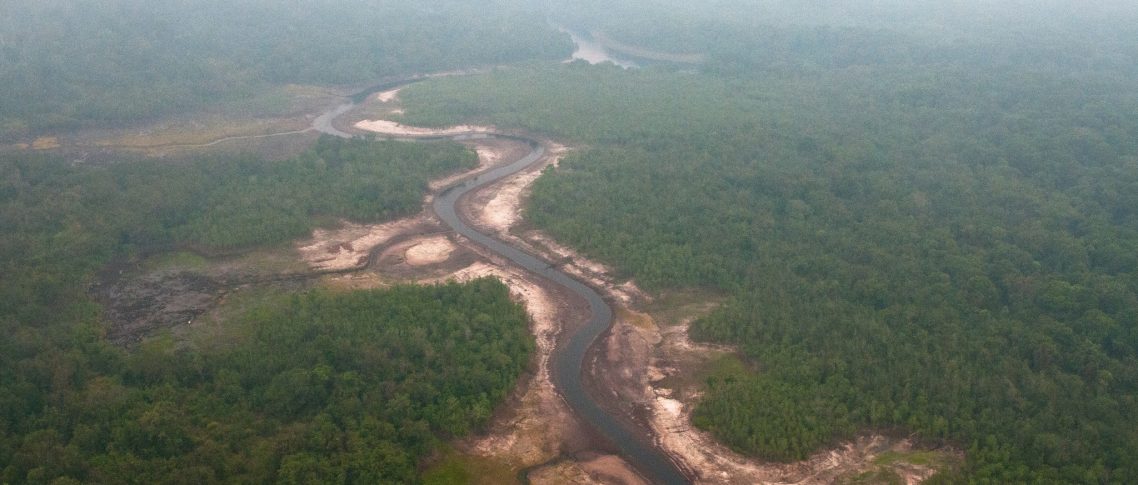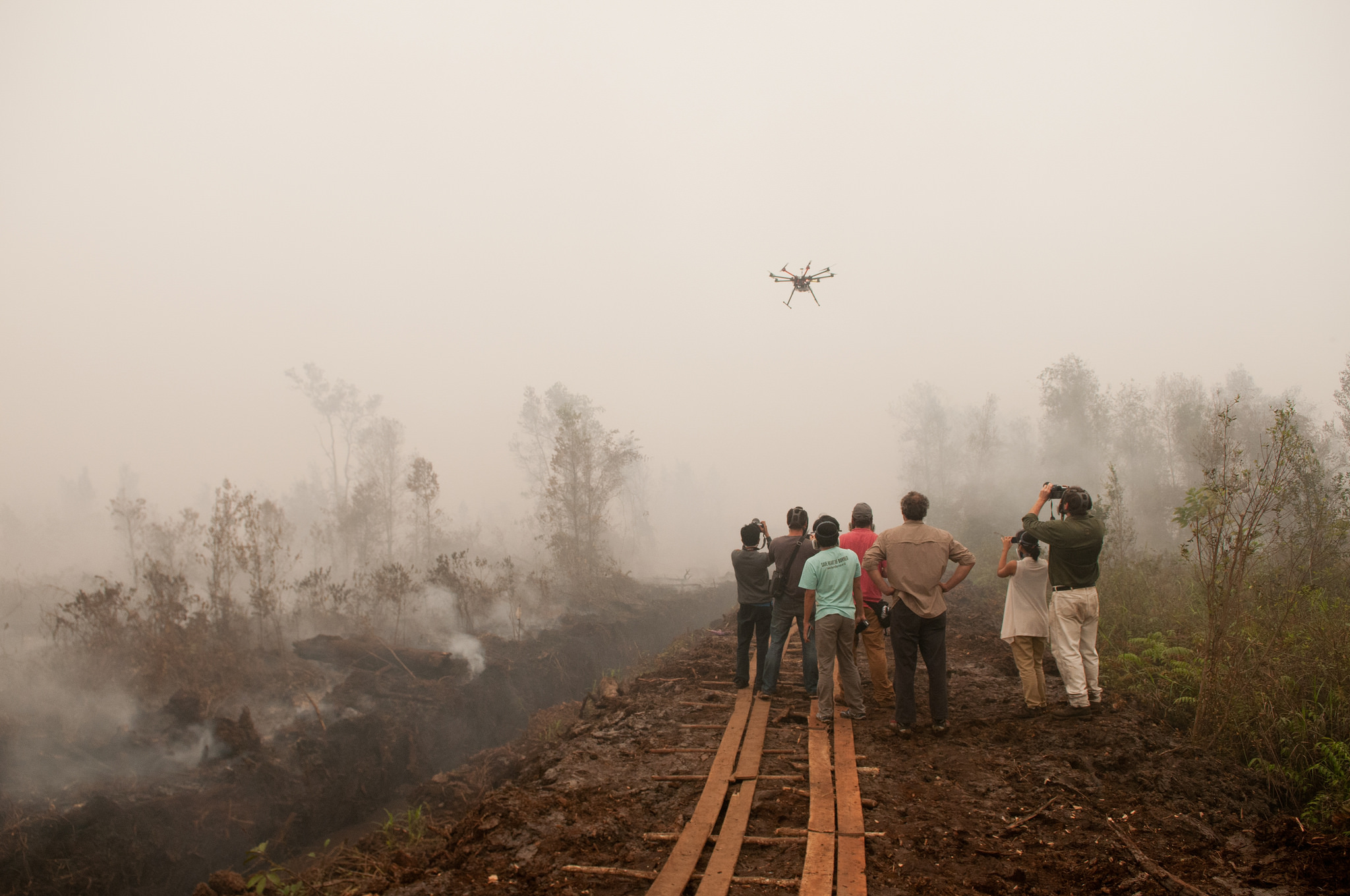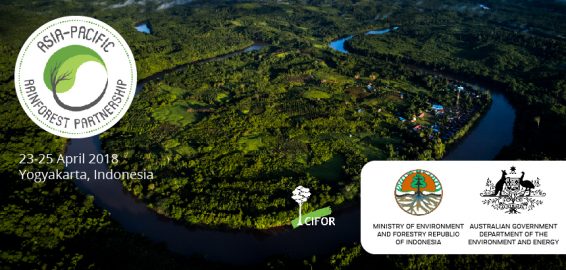In Indonesia, palm oil is a hot industry in more ways than one. In 2015 alone, it contributed USD 20.75 billion to the country’s export revenue. Oil palm plantations cover more than 14 million hectares of the country and, together with Malaysia’s, dominate the global market.
However, fire is still widely used in the development and planting of oil palm, including in carbon-rich peatlands. Resulting smoke and toxic haze have impacted the economy, the health and the environment of Indonesia and other Southeast Asian countries. In 2015, Indonesia’s peatland fires contributed to an economic loss of at least USD 16.1 billion and more than 100,000 premature deaths around the region.
In light of this, a new study led by Center for International Forestry Research (CIFOR) scientist Herry Purnomo looks at the extent to which good governance principles are applied to Indonesia’s palm oil value chain and analyzes options to help reduce the use of forest and land fires in the industry.
“Palm oil is one of Indonesia’s main commodity exports, surpassing oil and gas,” says Purnomo. “But if we do not manage its sustainability, this sector can fail.
The research focuses on Indonesia’s Riau Province, which experienced massive forest conversion to have the largest area of oil palm plantations in the country. Now, it has the highest domestic frequency of fires too.
“We know that 20% of fire incidences happen in oil palm plantation areas, so we tried to find out what caused the fires and how to reduce them.”

WHO’S GOT THE POWER?
In theory, the central government has power to influence the oil palm supply chain through law and policies; district-level governments have the most jurisdiction for law enforcement and information-spreading; and village governments are closest to plantation developers, thus having the responsibility of dealing directly with them.
However, good governance for the industry is not as simple as a top-down approach. From consumers to mills, refineries and developers, players in palm oil influence governance processes in different, sometimes unexpected ways.
“With the governance analysis, we looked at how existing powers contest,” says Purnomo. “Along the value chain, power is not at the landscape level but at the consumer level, or at the mills and refineries. The central government can only function through the district government, but mills can influence local government using incentives and coercion.
“Sometimes the Ministry of Environment and Forestry and the Ministry of Agriculture get the blame for forest and land fire incidences. While potentially, the problem starts from the Investment Coordinating Board (BKPM) welcoming investment for refineries without considering whether there is enough capacity to supply them from legal sources.”
Furthermore, the study found that illegal oil palm developers can hold a lot of influence at local levels and force village governments to support them, often through deceptive use of a Certificate of Land (SKT).
This imbalance between governance and supply chain capacity can drive actors at the landscape level to meet the mill demands in ways detrimental to landscapes.
“Now there are mills everywhere, even in national park areas. People respond by developing plantations everywhere. The fastest and cheapest way is by burning.”
ALT OPTIONS
When demand is high and burning has long been practiced, what reason do farmers and developers have to change their habits to more arduous land-clearing methods?
“We calculated whether existing incentives in the market are enough to change the situation on the ground,” says Purnomo. “The analysis looks at benefits distrubuted from oil palm plantation development using fire, who benefits, and what alternatives can be adopted to compensate.”
The first step is for the market to support certified producers, incentivizing them not to burn as well as to employ value-added farmers. This, however, raises production costs, as well as the cost of fresh fruit bunches (FFB) of oil palm fruits. As this price margin grows, the next step is to make sure that the financial benefits go back into the hands of the farmers, to incentivize their good practices as well.
“Intermediaries have taken the benefit from this margin until now. Farmers should unite to gain more bargaining power, so once they receive a delivery order, they can cut the middleman and go straight to the mill. This will increase their value added. It is important that palm oil businesses are not only certified but also fair.”
Another key step to fire reduction is agrarian reform. While many farmers possess an SKT, the land is still legally part of a state-owned forest area. The unclarity of land status dissuades farmers from investing resrources in land.
“Why should they spend money, when the government can take their land away at any time? The farmers should be guaranteed land legality at least for 25 years, so they can invest safely.”
CHANGING HEADLINES
Recently on the international stage, the European Union in January approved draft measures to ban the use of palm oil in motor fuels by 2020. While this sent Southeast Asian governments reeling, Indonesia’s included, Purnomo believes that this boycott will change little. Instead, he says the EU market should give incentives for sustainable production, and Indonesia should create an environment in which that can be done.
“Incentives can change the situation. The government of Indonesia should be more transparent with environmental problems faced by the palm oil industry, show real progress in improving the industry’s sustainability, draw a clear roadmap to meet international standards in three to five years and invite the EU to participate in palm oil in more constructive ways.”
Cleaning up supply chains will come at a cost, but market incentives combined with strengthened national policies and international regulators (namely the Indonesian Sustianable Palm Oil system and Roundtable on Sustainable Palm Oil) can together compensate to make this effort viable – and cool things down.
We want you to share Forests News content, which is licensed under Creative Commons Attribution-NonCommercial-ShareAlike 4.0 International (CC BY-NC-SA 4.0). This means you are free to redistribute our material for non-commercial purposes. All we ask is that you give Forests News appropriate credit and link to the original Forests News content, indicate if changes were made, and distribute your contributions under the same Creative Commons license. You must notify Forests News if you repost, reprint or reuse our materials by contacting forestsnews@cifor-icraf.org.

